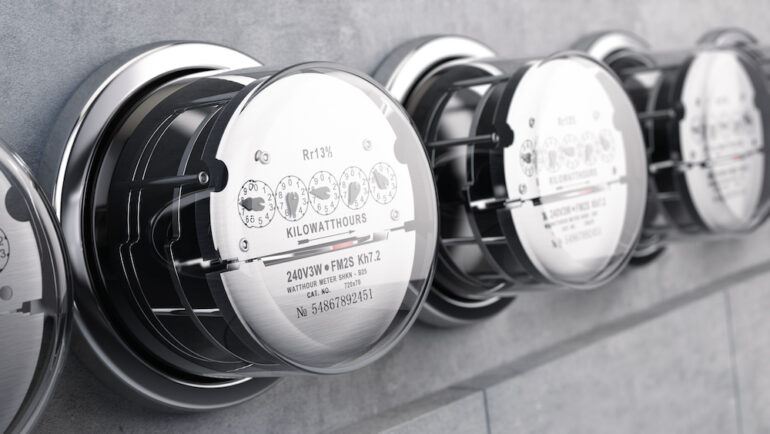Rising home expenses make watching your spending vital. One area of expenditure you can control is your electrical use. Tame your monthly electric bill with this guide to the appliances and systems that cost the most to run.
What are the energy guzzlers in your home?
These appliances and systems, listed in descending order of electrical use, are used daily rather than periodically. The most significant energy guzzlers are machines that run a motor and a heating coil. Common savings tactics involve efficient use and running these energy guzzlers during off-peak utility hours when rates are lower.
- Air conditioners are the undisputed champions for spending your energy dollars, using far more electricity than anything else in your home. Savings tip: Buy a smart thermostat and program it to run the system less when no one is home and at night when you are asleep.
- Electric heaters significantly increase your energy bill, though less than air conditioning. Heating coils and blower motors (used also in air conditioners) help make your bill too hot to handle. Savings tips: Again, a programmable thermostat helps shave energy bills. Also, if there is a natural gas service in your area, investigate the cost of converting to a gas system.
- Clothes washers and dryers spin that kilowatt meter because both have electric motors to turn the tubs. Additionally, the dryer has a heating coil. Saving tips: Wash fewer but larger loads rather than more frequent smaller ones. Do laundry late in the evening or start at bedtime during cheaper, off-peak power usage hours.
- Refrigerators and freezers are like your air conditioner: They use energy-intensive evaporator cooling technology. Saving tip: If you have a stand-alone freezer unit in addition to your refrigerator-freezer combo, buy a refrigerator-freezer unit big enough to hold all your frozen foods. Then, sell the current fridge and the separate freezer. Running one bigger appliance is cheaper than running two.
- Electric stoves use heating coils that bump up your energy bill. Savings tip: As with laundry, cook fewer, larger meals.
- LED big-screen TVs use energy-efficient LED lighting, but there are a lot of LED lights on the screen. Additionally, the other electronic components crank up the power usage. Savings tip: Electronics in standby mode are silent energy vampires. Plug your TV and other entertainment units into a power strip. When not in use, turn off the power to all of them.
- Light bulbs around the house use a surprising amount of energy. Savings tip: Changing all your old-fashioned incandescent bulbs to LEDs is initially expensive. But using LED bulbs costs pennies on the dollar compared to incandescent, so the savings over time are phenomenal.
- Computers, if used several hours daily, rank next in the amount of energy they use. Saving tip: When not operating, shut down computers rather than let them go into “sleep” mode.
- Dishwashers use a heating coil plus run a motor to spray water. Savings tips: Wash fewer, more oversized loads, run short cycles when dishes are not heavily soiled, and run loads later in the evening after peak hours.
- Coffee makers give you a wake-up call on energy usage and your cup of Joe. Once again, there’s a heating coil at work. Savings tip: Forget it. Your morning coffee is worth any price!
Related – Do Shutting Vents Save on Energy Costs?


